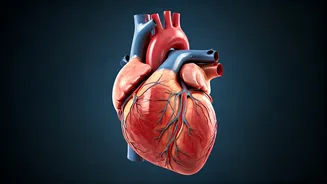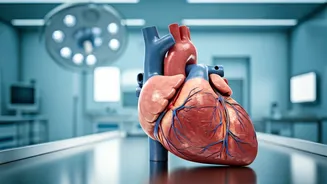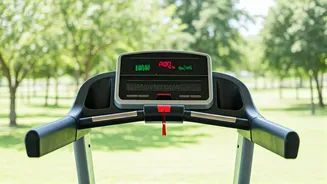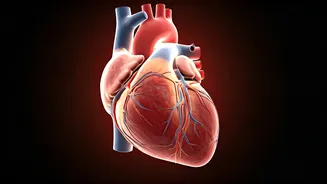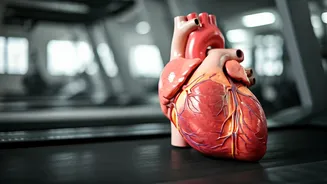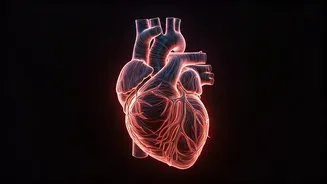Exercise's Role
Regular exercise is a cornerstone of cardiovascular health. A top cardiologist highlights that specific exercises can help in naturally lowering blood
pressure. This approach offers a significant alternative to solely relying on medication. Regular physical activity, such as brisk walking, jogging, cycling, or swimming, causes your heart to work harder. Over time, this makes your heart more efficient and reduces the pressure on your arteries. This in turn lowers your blood pressure, which is crucial in reducing your risk of heart disease, stroke, and other serious health problems. The key is to engage in a consistent exercise routine, tailoring it to your physical condition, age and preferences. A balanced approach can combine both aerobic and strength-training exercises, leading to the greatest benefits.
Aerobic Activities
Aerobic exercises, which elevate your heart rate, are among the most effective for blood pressure reduction. Activities like brisk walking, jogging, cycling, and swimming, are excellent choices. Aim for at least 150 minutes of moderate-intensity or 75 minutes of vigorous-intensity aerobic exercise per week, spread throughout the week. Moderate-intensity activities include anything that raises your heart rate and makes you breathe harder, like a fast walk. If you are doing vigorous exercises like running, you will be breathing deeply and quickly. Consider interval training, alternating between high-intensity bursts and periods of rest or lower intensity. This has proven to be especially efficient in lowering blood pressure. Start slowly and gradually increase the duration and intensity of your aerobic workouts. Always listen to your body and consult your healthcare provider, especially if you have any pre-existing health conditions.
Strength Training
Strength training, also known as resistance training, is another critical component of a blood pressure-lowering exercise plan. Activities include lifting weights, using resistance bands, or doing bodyweight exercises such as push-ups, squats, and lunges. Engaging in strength training exercises 2-3 times per week, working all major muscle groups, can help to improve your cardiovascular health. This is because strength training boosts your metabolism and helps in building lean muscle mass. As your body gains more muscle, it becomes more efficient at burning calories, which can aid in weight management and improve blood pressure. Start with lighter weights and more repetitions and then progressively increase the weight and decrease the repetitions as you get stronger. It is crucial to maintain proper form during each exercise to avoid injuries. Make sure to rest for at least one day between strength training sessions to allow your muscles to recover.
Combining Exercises
The most effective approach often involves a combination of both aerobic and strength-training exercises. This integrated approach can provide a synergistic effect on blood pressure management. For example, begin a session with 10-15 minutes of brisk walking to warm up. Then, follow with a strength-training routine. Conclude the workout with a cool-down period. This helps to improve the overall cardiovascular fitness, enhancing your body’s ability to manage blood pressure. Consider creating a balanced routine that incorporates both types of exercise to target your overall health. It is also important to consider your personal preferences and fitness levels. Try different activities, such as incorporating a group fitness class or an outdoor activity, to keep your workouts engaging. This increases the likelihood that you will stick to your exercise plan.
Exercise Safety
Before beginning any new exercise program, consult your doctor, especially if you have high blood pressure or other health concerns. They can help tailor an exercise plan that is safe and effective for you. Always warm up for 5-10 minutes before each workout, gradually increasing your heart rate and preparing your muscles. Listen to your body and avoid pushing yourself too hard, particularly when starting. Stay hydrated by drinking plenty of water before, during, and after exercise. If you feel any chest pain, dizziness, or shortness of breath, stop exercising immediately and seek medical attention. If you are taking blood pressure medication, be mindful of how exercise can affect your blood pressure and discuss any necessary adjustments with your healthcare provider. The key is to balance safety, consistency, and enjoyment.


